Keep Factories Humming with Predictive Maintenance
Today’s Industrial Internet of Things (IIoT) implementations rely on cloud solutions to provide business insights, yet the data with the greatest potential for improving industrial asset management often remains untapped on the factory floor. Many companies are beginning to look at this data and seek ways to acquire and analyze it to better manage devices throughout their lifecycles.
In this article, we discuss industrial asset management and the advantages of IIoT technologies for implementing predictive maintenance. We look at a distributed analytics solution that integrates components from ADLINK, IBM, Intel, and PrismTech (an ADLINK company). We consider an example from a semiconductor factory showing how this solution lowers maintenance costs, improves efficiency, and lengthens equipment life. Then we examine each component and how it contributes to turning asset management from an imprecise science into an exact one.
The Make or Break World of Asset Management
An Aberdeen Group Analyst Insight survey, “Asset Management: The Changing Landscape of Predictive Maintenance,” reports that executives feel the number one risk to their operations is failure of critical physical assets. It could be a motion control unit in a manufacturing line, a programmable logic controller (PLC) in an electrical substation, or an excavator in a mine – if it fails, it hurts.
Improving production efficiency and quality enhances a company’s competitive advantage and bottom line. Breakdowns, quality issue stoppages, and ill-timed maintenance all adversely affect productivity and revenue (Figure 1). Unplanned downtime can result in voided contracts, environmental and safety violations, and product shortages. Each of these situations can make a sizeable dent in revenue and a company’s reputation.

Figure 1. Breakdowns, quality-issue stoppages, and ill-timed maintenance all adversely affect productivity and revenue.
In using IIoT solutions to improve efficiency and quality, companies face significant challenges. Many factory and field devices operate in isolated networks never meant to connect to the Internet or deliver data to a manager’s compute device. In addition, most IIoT conversations today focus on device-to-cloud implementations. Depending on the application, it may not be cost-effective or desirable to move every bit of data to the cloud.
The solution is to perform data processing at the edge. Fortunately, demand for IoT solutions is driving development of on-premise, device-to-device or machine-to-machine (M2M) communication and distributed analytics – also known as fog computing. Implementations requiring data delivery in milliseconds and microseconds particularly call for edge computation.
The Road to Optimization
To meet demand for improved asset management, members of the Intel® Internet of Things Solutions Alliance such as ADLINK and IBM are working together on solutions that embrace fog computing. These solutions recognize the need for distributed analytics to handle operations-critical IIoT deployments.
Using distributed analytics to implement predictive maintenance can maximize equipment uptime while avoiding delays and losses due to part failure. These solutions analyze local data in the field for immediate action and then distribute the filtered data, result, or both to an on-premise edge compute node, back-end application, or private or hybrid cloud. Machine learning and other techniques can then dig into historical operational data – such as maintenance and repair history, working conditions, and trends – to predict wear and optimal service and replacement schedules.
A Distributed Analytics Solution for Predictive Maintenance
ADLINK, in conjunction with IBM, offers an integrated approach to IIoT optimization of physical assets, operations, and processes. ADLINK’s PMQi solution and IBM’s Predictive Maintenance and Quality (PMQ) analytics platform simplify deployment of predictive maintenance applications for clients with challenging deployment environments. The solution serves a wide range of industries and scales easily to handle monitoring tens of thousands of things, each continuously streaming multiple data points.
PMQi accesses multiple data sources in real time to predict asset failure or quality issues, helping organizations avoid costly downtime. Driven by predictive analytics running on edge compute nodes, the solution detects anomalies and pre-failure data signatures to determine the assets and operational processes at greatest risk. This early identification of potential concerns helps companies utilize their limited resources and assets more cost effectively, maximize equipment uptime, and enhance quality and supply chain processes.
The PMQi IIoT asset management solution can be closed loop or communicate with the cloud. It includes the following components (Figure 2):
- PMQi Cognitive Gateway (ADLINK MATRIX MXE-200i)
- PMQi Industrial Appliance (ADLINK SETO-1000)
- PMQ Analytics Platform (IBM software)
- Vortex Data Distribution Service (PrismTech)
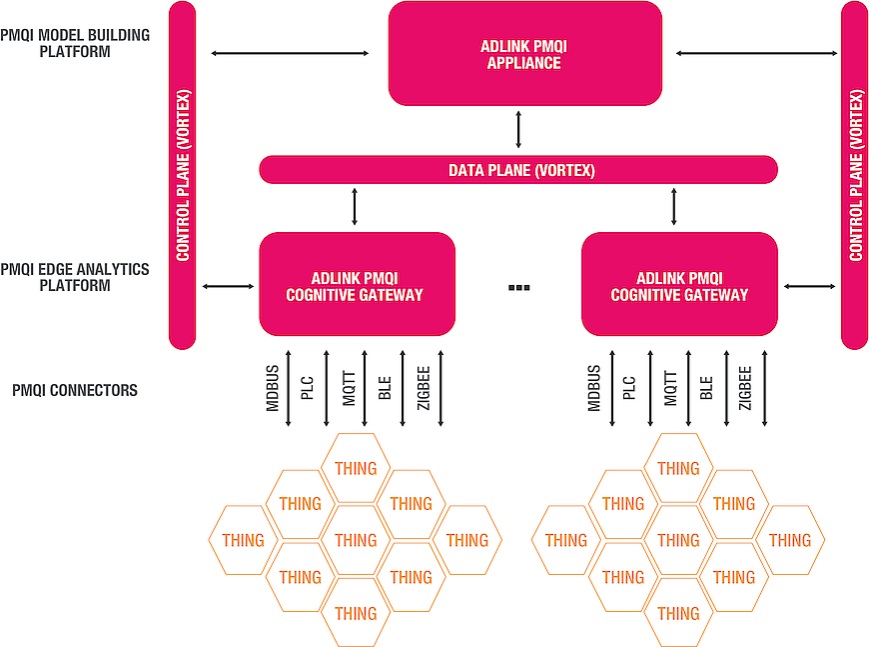
Figure 2. The ADLINK PMQi IIoT asset management solution includes the PMQi Cognitive Gateway, PMQi Industrial Appliance, IBM PMQ Analytics Platform, and the Vortex Data Distribution Service platform.
A Look at Each Component
The PMQi Cognitive Gateway securely connects, aggregates, and filters data from several types of sensors and protocols at the edge. Available converters translate analog sensor signals to digital data. The gateway’s scoring engine analyzes and acts upon information in near real time. Because the gateway generates its own local Wi-Fi network, analytics results can be displayed on real-time dashboards accessible via mobile devices. These results can guide actions taken on edge equipment and their usage throughout their lifecycles.
The PMQi Industrial Appliance acts as the command and control system and is responsible for heavier analytics loads. The platform accesses an operations-focused data lake (storage repository for raw data in native format) for ad hoc analysis. A powerful analytics engine both builds new predictive models and continually updates deployed models running at the edge. This proven platform provides valuable analytical insights for applications such as underground mining equipment monitoring, intelligent wireless tower management, utility substations, railway stations, and industrial automation environments.
The IBM PMQ Analytics Platform is a software solution that helps asset-intensive organizations keep manufacturing processes, infrastructure, and field equipment running to maximize utilization and performance. IBM PMQ minimizes costly, unscheduled downtime by predicting when, where, and why an asset is going to fail or malfunction, as well as identifying quality issues much earlier than traditional statistical process control techniques (Figure 3). ADLINK PMQi leverages the IBM platform to provide rich, advanced analytics, data normalization, and decision-management capabilities.
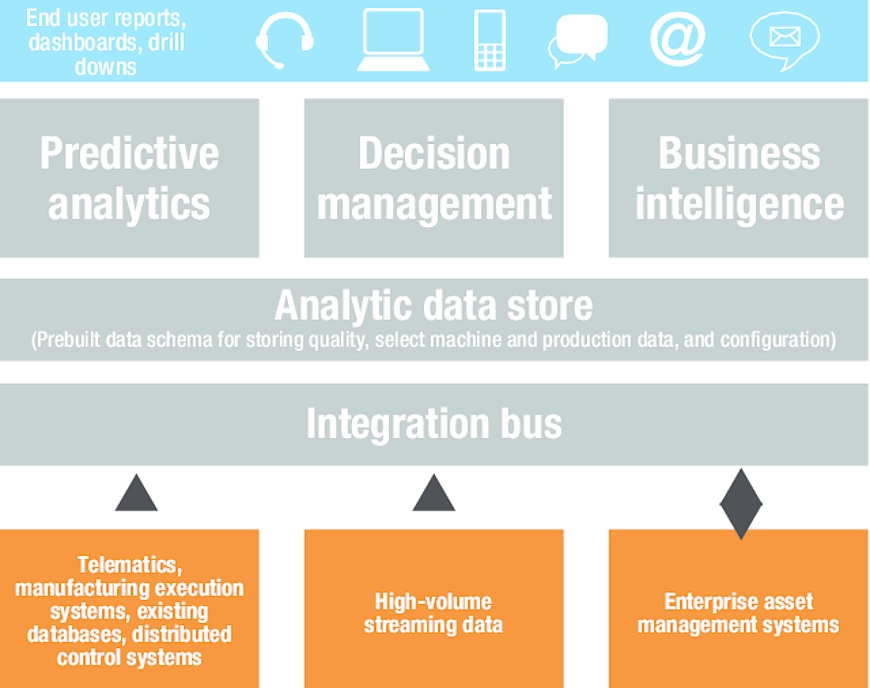
Figure 3. IBM PMQ is a software solution that minimizes costly, unscheduled downtime by predicting when, where, and why an asset is going to fail or malfunction.
The Vortex Data Distribution Service provides secure, interoperable, Internet-scale, real-time data sharing across a wired, wireless, or hybrid network (Figure 4). Built on open standards, Vortex uses the Data Distribution Service (DDS) for Real-Time Systems standard as its backbone. Facilitating device-to-device communication, Vortex also optimizes device-to-cloud communication for fog and hybrid fog/cloud infrastructures. Vortex’s DDS implementations normalize ingested data no matter the platform or programming language, and abstract away network topologies to make data transfer extremely fast, regardless of firewalls or other security measures built into a connected system.
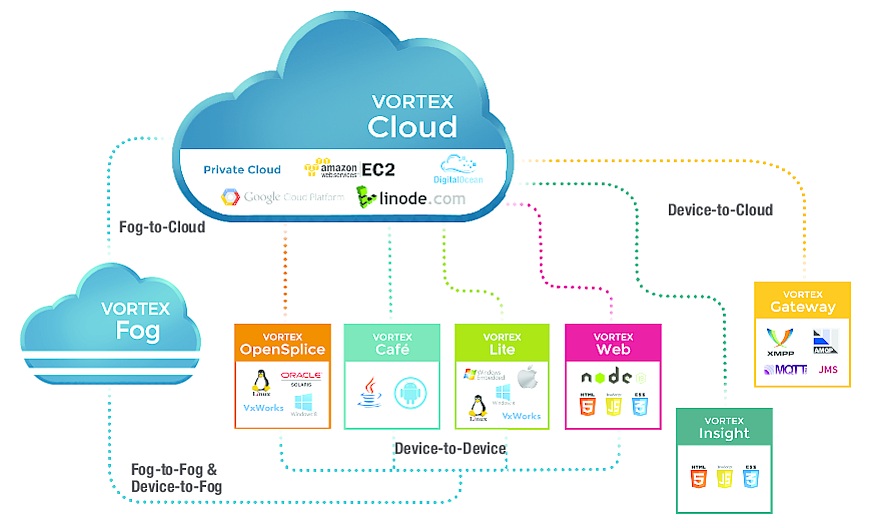
Figure 4. Through a collection of product suites and components, the Vortex Data Distribution Service provides efficient, secure, and interoperable, Internet-scale real-time data sharing across a network (wired, wireless, or hybrid).
Turning Data into Predictive Insights
To see how PMQi works, let’s look at an IBM and Intel example that focuses on an industrial chiller. Part of a massive network of cooling equipment in a semiconductor factory, a poorly running chiller wastes energy. Taking a half-million-dollar (USD) chiller offline for full reconditioning can cost up to USD $50,000. To minimize any disruption in production, it is common for factories to have extra chillers on hand.
To ensure efficient operation and avoid plant shutdowns, a factory rebuilds a portion of the chillers each year. It would be much better to know precisely when and what needs reconditioning.
Chillers are self-contained PLC-controlled systems. Installing the PMQi Cognitive Gateway enables data collection from this PLC network through the gateway’s pre-configured adapter to MODBUS, the serial protocol commonly used in HVAC applications. Data is transferred securely to the PMQi Industrial Appliance, which analyzes data on motor power consumption, heat buildup, evaporator/condenser pressure, and other factors to find valid values for forecasting chiller efficiency and optimal reconditioning timing.
The compiled algorithms are dynamically transferred to the PMQi Cognitive Gateway, which ingests and processes current-state data to make predictions about pending failures and recommended system changes. Ongoing results are sent to back-end business systems for continued analysis and long-term planning.
The Products Behind the Components
PMQi Cognitive Gateway
The ADLINK Matrix Series provides scalable options for the rugged, compact, pre-integrated, pre-validated PMQi Cognitive Gateway. A good example is the MXE-200i, which employs an Intel® Atom™ processor E3826 to enable near-real-time, local decision making (Figure 5).
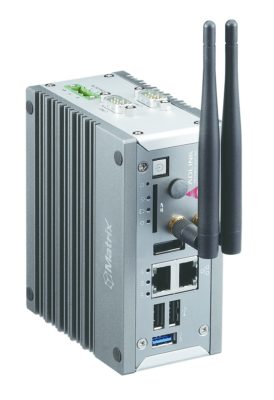
Figure 5. The ADLINK MXE-200i IoT gateway is a rugged, compact industrial gateway.
This application-ready gateway uses the Intel® IoT Gateway reference design to help securely connect new and legacy industrial devices to the IoT. This design provides technologies and protocols for networking, embedded control, security, and manageability.
Future versions of the PMQi cognitive gateway will support Intel® IoT Gateway Technology. This update includes the Wind River® Intelligent Device Platform XT 3.1 and supports new plug-and-play products and capabilities. These products include the Intel® IoT Gateway Software Suite product line, Intel® IoT Gateway Developer Hub, Intel® IoT Platform marketplace, and Intel® Package Repository.
The MXE-200i complies with EMI/EMS (EN61000-6-4,61000-6-2) standards. It provides an operating shock tolerance up to 100 G and extended operating temperatures from -20 °C to 70 °C. Connectivity includes two GbE LAN, two COM ports, two USB 2.0 ports, one USB 3.0 host port, four isolated digital inputs (optional), four isolated digital outputs with interrupt support, and dual mini-PCIe slots with support for one mSATA drive. An USIM socket supports Wi-Fi, Bluetooth*, 3G, and LTE communications options.
PMQi Industrial Appliance
Perfectly suited to harsh conditions, ADLINK’s SETO-1000 Extreme Outdoor Server analyzes manufacturing data in motion, speeding up decision making on the factory floor and providing a centralized manufacturing data store (Figure 6). The unit exceeds NEBS shock and vibration requirements and features a -40 °C to 55 °C operating temperature range and an IP65 water and dust ingress rating. The SETO-1000 reduces maintenance costs by eliminating fans and filters, and offers worry-free, weather-resistant, high-speed connections in copper or fiber options.
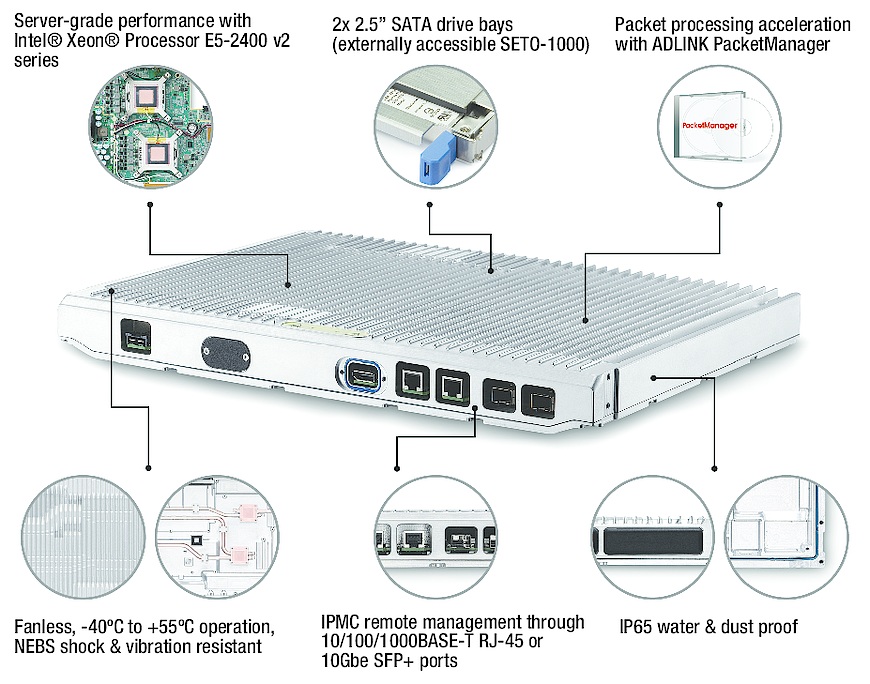
Figure 6. The rugged ADLINK SETO-1000 Extreme Outdoor Server analyzes manufacturing data in motion, speeding up decision making on the factory floor.
Currently based on both single- and dual-socket implementations of the Intel® Xeon® processor E5-2400 v2 product family, the Extreme Outdoor Server enables application providers to deliver data center performance at the network’s edge. Later this year, this server will offer the Intel® Xeon® processor E3-1500 v5 product family based on Intel 14 nm process technology and Intel’s Skylake microarchitecture for enhanced energy-efficient performance.
PrismTech Vortex Data Distribution Service Platform
Vortex is a platform-independent solution that offers seamless integration with legacy and third-party applications, as well as support for connectors to over 100 different communication technologies. Open architecture APIs enable integration of third-party development environments, frameworks, and analytics software.
The Vortex platform consists of the Vortex Device, Vortex Cloud, and Vortex Gateway product suites, providing a range of capabilities to suit specific needs. There is even a Vortex Lite, a 400 kilobyte-sized software module that can reside on microcontroller-based sensors and systems, such as those based on the Intel® Quark™ Microcontroller D1000 and D2000.
Optimize Asset Management and Operational Performance
The ADLINK PMQi platform provides a comprehensive IIoT asset management solution for collecting and analyzing data at the edge and enabling big data analytics in the cloud. Using this solution, organizations will be able to detect potential failures before outages occur, quickly identify anomalies, and use predictive maintenance to avoid costly downtime.